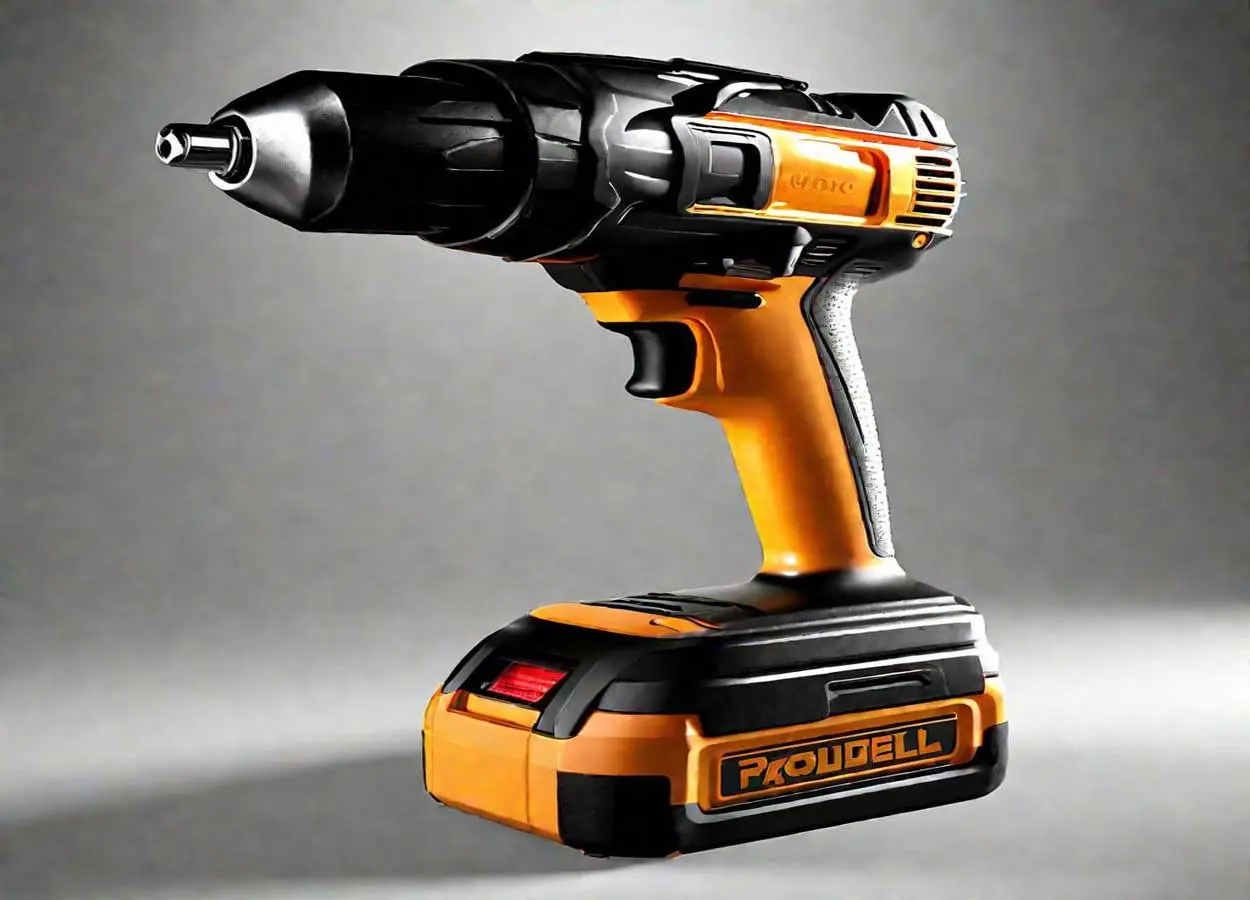Last Updated on May 4, 2024 by Admin
power tools safety are so important and these tools are indispensable assets that significantly enhance efficiency and precision. However, their potent force and high-speed operation also introduce a substantial risk of injury if not handled with the utmost care. Recognizing the critical importance of safety in the use of these powerful devices, “The Ultimate Guide to Power Tool Safety” emerges as an essential resource. This comprehensive guide aims to equip users with the knowledge and practices necessary to minimize risks and ensure a safe working environment. By covering a wide array of power tools, from drills and saws to sanders and routers, this guide emphasizes the significance of adopting proper safety measures, including the correct usage, maintenance, and personal protective equipment. Embracing the principles outlined in this guide from Taleb Kasimy Trading Co. will not only safeguard the well-being of users but also enhance the overall efficiency and longevity of the power tool safety.
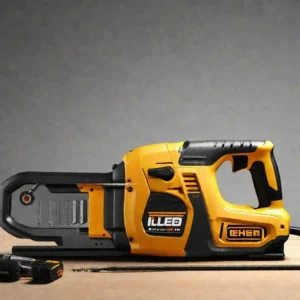
Establishing a Safe Workspace for Power Tool Safety Use
Creating a safe environment for handling power tools is crucial to prevent accidents and ensure the well-being of everyone involved. Power tools, while incredibly useful, can pose significant risks if not used properly. By taking proactive steps to establish power tool safety, you can mitigate these risks and create a more productive and secure setting for your projects. Below, we delve into the key aspects of setting up a safe workspace dedicated to power tool operations. The first step in ensuring safety is to allocate a specific area for using power tools. This designated space should be away from high-traffic zones to minimize the risk of distractions or accidents involving bystanders. It’s essential to choose a location that can accommodate all necessary equipment without crowding, as cramped spaces can increase the likelihood of mishaps. Ideally, this area would be used exclusively for projects involving power tools, thereby establishing a clear boundary between the workspace and other areas.
In continuation, Proper lighting and ventilation are critical components of a safe workspace for power tool safety. Adequate lighting ensures that you can see your work and the tool clearly, reducing the chance of mistakes that could lead to injury. Natural light is preferable, but if not available, ensure that the area is well-lit with bright, artificial lights that mimic daylight as closely as possible. On the other hand, good ventilation is vital for dispersing harmful dust and fumes that power tools can generate. This is particularly important when working with materials like wood or when using paint strippers, as these substances can release particles and chemicals into the air that are harmful when inhaled. Installing fans or ventilation systems and keeping doors or windows open, if possible, can significantly reduce these hazards and promote a healthier workspace. Also, A clutter-free workspace is a safer workspace, especially when it comes to using power tools. in the continuation of power tool safety Regularly cleaning the area not only prevents accidents caused by tripping over tools or materials but also ensures that your tools are always in good working condition.
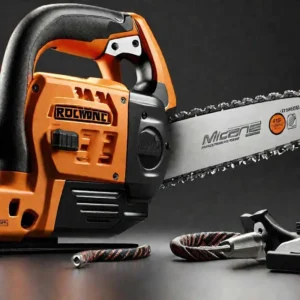
Understanding Your Power Tool Safety
Before diving into any project, taking the time to thoroughly read the manual and safety instructions of your power tools is crucial. Each tool comes with its unique features, operational techniques, and safety measures. Manuals are designed not just to guide you on how to use the tool effectively but also to highlight the safety precautions that must be adhered to. This step is often overlooked, yet it’s the foundation of using power tools safely and efficiently. For instance for power tool safety, the manual will inform you about the correct usage of guards on saws or the importance of using the right size drill bit. Ignoring these instructions can lead to not just damaging the tool but also serious injuries. Moreover, many manufacturers include troubleshooting tips and maintenance schedules in their manuals, which can be invaluable for keeping your tools in top working condition.
Also, Every power tool, be it a circular saw, drill, or sander, carries its own set of power tool safety risks. Understanding these risks is essential for safe operation. For example, kickback is a common risk associated with circular saws, where the saw can suddenly jerk back toward the operator, potentially causing injury. Drills, on the other hand, can lead to injuries if the bit gets stuck and the tool twists in the operator’s hand. Sanding tools can generate a significant amount of dust, which can be hazardous when inhaled. Recognizing these specific risks enables users to take the necessary precautions, such as wearing safety glasses, and dust masks, or ensuring the tool is securely clamped down before use. This awareness not only helps in preventing accidents but also ensures a smoother operation of the power tool safety.
Essential Personal Protective Equipment (PPE)
When it comes to working with power tools, the importance of Personal Protective Equipment (PPE) cannot be overstated. PPE is your first line of power tool safety defense against the myriad of hazards that power tools present. From flying debris to loud noises and harmful dust, the right PPE can significantly reduce your risk of injury. Below, we delve into the critical pieces of PPE that should never be compromised. Eye and ear protection stands out as the foundational elements of PPE in any power tool operation. The eyes are highly susceptible to injury from flying particles, sparks, and dust. Safety goggles or face shields offer a barrier against these hazards, ensuring that your vision is protected at all times. It’s crucial to choose goggles or shields that provide a snug fit and are compatible with other face or headgear you may be wearing.
In the meantime, Hand and foot injuries are common in environments where power tools are in use. Cause of that, power tool safety is so important. Protective gloves should be selected based on the specific task at hand. For instance, anti-vibration gloves can absorb the tremors from power tools, reducing the risk of Hand-Arm Vibration Syndrome (HAVS), while cut-resistant gloves are indispensable when working with sharp materials. Ensure that the gloves do not impede your dexterity and grip. Footwear, too, plays a crucial role in personal safety. Durable safety boots with puncture-resistant soles and steel toe caps can protect your feet from heavy falling objects and sharp items on the ground. Look for footwear that also offers slip resistance to prevent accidents on wet or oily surfaces.
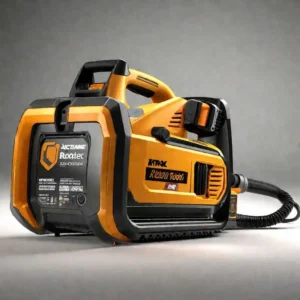
Operational Best Practices for Power Tool Safety
Before commencing any project, a thorough inspection of your power tools is crucial. This step ensures that every piece of equipment is in top working order, which not only guarantees the quality of your work but significantly reduces the risk of accidents. Look for signs of wear and tear such as frayed cords, loose parts, or damage to the tool itself. Also, ensure that safety features, like guards and switches, function correctly for power tool safety. A proactive approach to maintenance, including regular cleaning and adherence to the manufacturer’s guidelines for upkeep, can prolong the life of your tools and safeguard your well-being. Handling and operating power tools requires attention to detail and precision. Always use the right tool for the job to avoid pushing a tool beyond its intended use, which can lead to dangerous outcomes.
Also, Every power tool is designed with specific capabilities and limitations for its power tool safety. Understanding these limits not only ensures the longevity of your tools but also your safety. For instance, forcing a drill to bore a hole larger than it’s designed for can result in tool failure and personal injury. Similarly, overloading a saw with a material that is too hard or thick can cause the saw to kick back. It’s imperative to read and respect the manufacturer’s specifications and recommendations. When in doubt, opting for a more powerful tool or adjusting your approach can prevent accidents and tool damage. Power tools rely on electricity, and mishandling of cords and batteries can lead to electrocution or fire. Always inspect cords for damage before use and unplug tools when not in use or before changing accessories such as blades or bits.
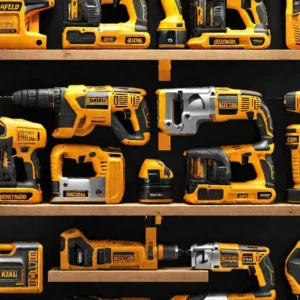
Dealing with Power Tool Incidents
When a power tool incident occurs, the first priority is ensuring the safety of the individual involved and those around them. Turn off the power source immediately to prevent further injury or damage and get power tool safety. Assess the situation calmly but quickly to determine the severity of the injuries. If the individual is conscious and coherent, encourage them to remain still to avoid exacerbating any injuries. Apply first aid as needed, this may include applying pressure to stop bleeding or cleaning minor wounds with a sterile solution. It’s crucial to keep a well-stocked first aid kit nearby whenever working with power tools.
Also, Not all injuries sustained from power tool incidents are immediately apparent, making it essential to know when to seek professional medical assistance. So it’s so important to use power tool safety. If there is heavy bleeding that cannot be controlled with direct pressure, or broken bones, or if the individual is in shock or has lost consciousness, call emergency services right away. Additionally, if there are puncture wounds or deep cuts, professional medical treatment may be required to prevent infection or address underlying damage. Even seemingly minor injuries can have long-term effects, so when in doubt, it’s always best to consult with a healthcare provider.
Conclusion
In conclusion, the ultimate guide to power tool safety emphasizes the importance of cultivating a comprehensive safety culture whenever power tools are in use. From establishing a safe workspace that minimizes risks and enhances productivity to taking the time to understand the intricacies and potential hazards of each tool, this guide underscores the need for a proactive approach to safety. The critical role of Personal Protective Equipment (PPE) in safeguarding against injuries cannot be overlooked, as well as the necessity of regular pre-use checks to ensure all equipment is in prime working condition. Furthermore, in the unfortunate event of an accident, knowing the immediate steps to take can not only prevent further injury but also provide valuable insights into preventing future incidents. also, you can read Electrical Safety Checks article for more good information. By adhering to these guidelines of power tool safety, understanding your tools, wearing appropriate PPE, following operational best practices, and effectively responding to incidents and individuals can significantly reduce the likelihood of accidents and create a safer working environment for everyone involved.

